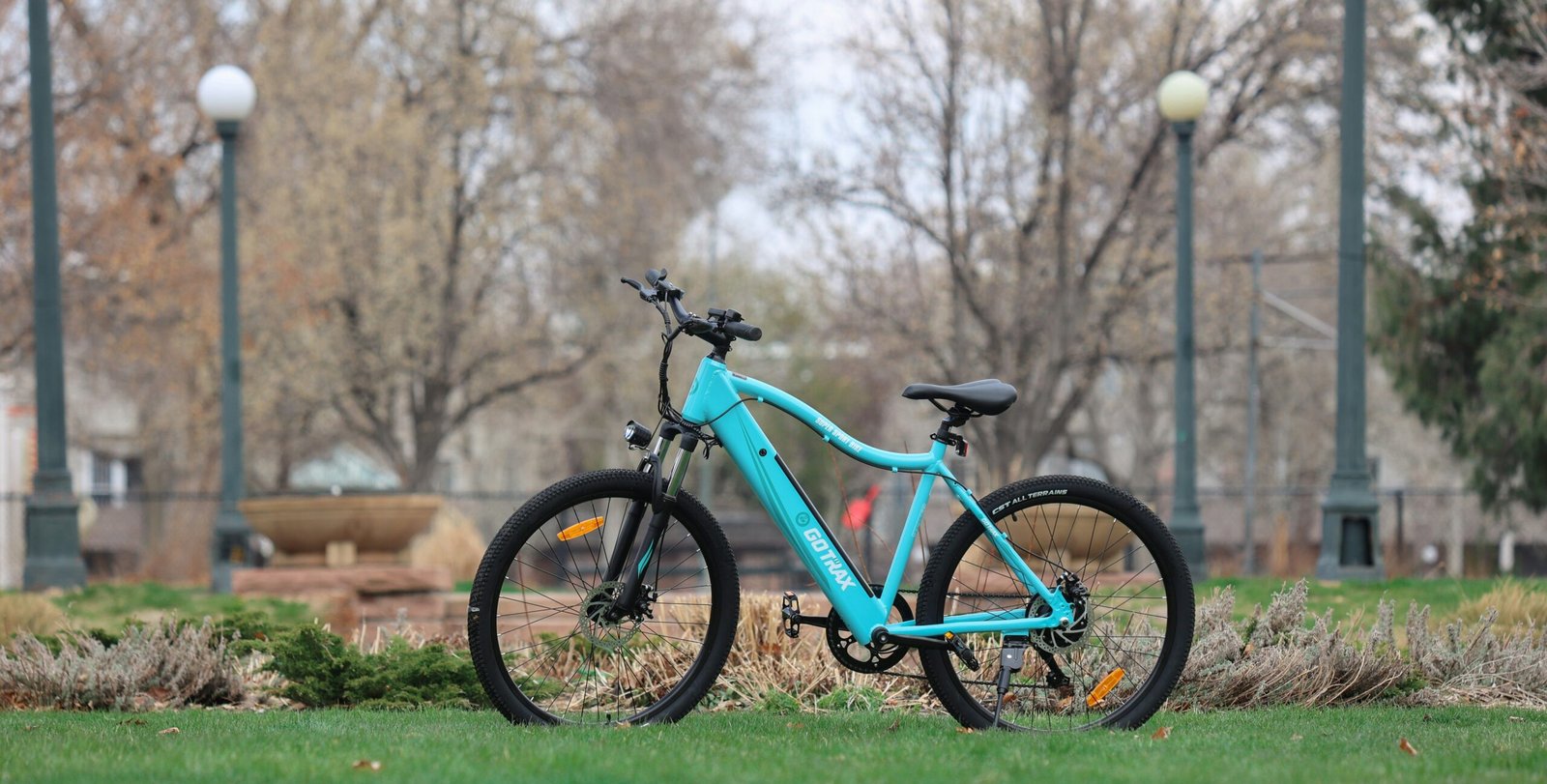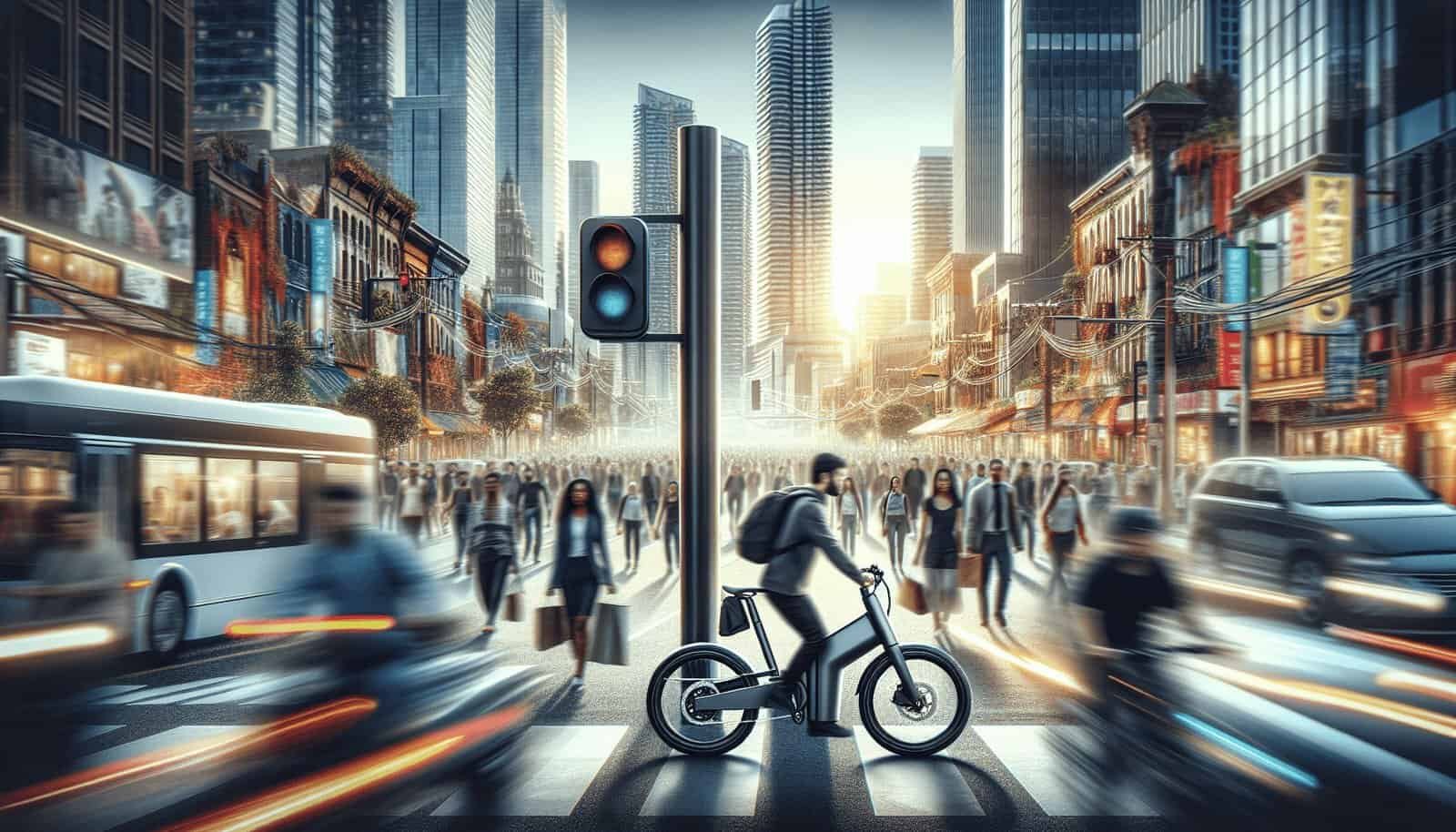Navigating bustling city streets can be a challenge, but electric bikes are proving to be a game-changer for urban commuters. In “How Do Electric Bikes Handle In Crowded Urban Environments?” you’ll discover how these innovative vehicles effectively tackle the chaos of crowded areas. You’ll learn about their impressive maneuverability, the benefits of pedal-assist features, and how they help you zip through traffic with ease. Dive into this article and find out why electric bikes might just be the perfect solution for your city commute.
How Do Electric Bikes Handle In Crowded Urban Environments?
Have you ever wondered how electric bikes handle in crowded urban environments? Maybe you’ve seen people whizzing past in bike lanes, navigating through traffic and pedestrians, and thought, “Could I do that? Is it safe? Is it efficient?” Let’s embark on a journey to uncover how electric bikes are becoming a go-to choice for city dwellers looking to optimize their daily commutes.
Understanding Electric Bikes
What Exactly is an Electric Bike?
Electric bikes, or e-bikes, are bicycles equipped with an integrated electric motor, giving you that extra push when you need it. Unlike conventional bicycles, e-bikes can make your ride less strenuous, especially in crowded urban settings. They come in various configurations ranging from pedal-assist (you provide the power, and the motor boosts it) to throttle-based systems (you don’t need to pedal; the motor does all the work).
Different Types of Electric Bikes
Understanding the type of e-bike that suits your needs is crucial. Here’s a quick breakdown:
| Type | Description | Ideal For |
|---|---|---|
| Pedal-Assist | Provides assistance when you pedal. | Daily commuting, fitness, longer rides |
| Throttle-Control | Motor takes off without pedaling. | Short rides, convenience seekers |
| Cargo E-bikes | Designed to carry heavy loads. | Deliveries, family transportation |
| Folding E-bikes | Compact and easy to store. | Commuters with limited storage space |
Each type has its strengths, and choosing one depends on your specific needs and the environment you’ll be navigating.
Maneuverability in Crowded Spaces
Agility and Speed Control
In bustling city streets, agility is key. E-bikes generally offer great maneuverability, allowing you to weave through traffic and avoid obstacles with ease. The assistance provided by the motor helps you maintain a consistent speed, which is beneficial when you need to make quick decisions or navigate complex pathways.
Compact Design
Many e-bikes are designed with a compact form factor, making them easier to handle compared to traditional bikes. Folding e-bikes, in particular, can be incredibly useful if you need to pack them up and take them on public transportation during rush hours or into your office.
Brake Efficiency
Effective braking is critical in populated areas where sudden stops are often necessary. Most e-bikes come with high-quality disc brakes that ensure reliable stopping power. This is particularly important when you’re sharing the road with cars, pedestrians, and other cyclists.
Weight and Balance
The additional motor and battery do add weight to electric bikes, but their design often compensates for this, ensuring balanced weight distribution. This aspect helps in maintaining control, even in stop-and-go traffic or when taking sharp turns.

Navigating Traffic and Road Rules
Bike Lanes and Dedicated Paths
Urban environments often feature dedicated bike lanes, which can be a sanctuary for e-bikers. These lanes allow you to bypass car traffic and travel more swiftly to your destination. It’s essential to adhere to local regulations regarding bike lane usage to maintain safety for everyone involved.
| Rule | Description |
|---|---|
| Stay in Lane | Always stay within the marked bike lanes. |
| Signal Turns | Use hand signals to indicate your turns to others. |
| Follow Lights | Observe traffic lights and signals meant for bicyclists. |
Car and Pedestrian Traffic
Sharing the road with cars and pedestrians requires heightened awareness. Your e-bike’s bell or horn can be instrumental in alerting others of your presence. Always maintain a safe distance and be prepared to yield to pedestrians.
Legal Regulations
While e-bike regulations can vary from city to city, most urban areas have embraced e-bikes but with specific rules:
- Speed Limits: Many cities enforce speed limits for e-bikes, often around 20-28 mph.
- Helmet Laws: Some places require helmets for all riders, while others may only mandate them for minors.
- Licensing and Registration: Certain types of e-bikes may require registration or specific licensing.
Always check your local laws to ensure you’re compliant.
Safety Considerations
Visibility
In a densely populated area, making sure you’re visible to others is paramount. Equip your e-bike with front and rear lights, reflectors, and, if possible, wear brightly-colored clothing. Some advanced e-bikes come with built-in LED lights for added visibility.
Protective Gear
Safety gear is non-negotiable. Helmets are a must, and additional protective gear like elbow and knee pads can be beneficial, especially for beginners. Don’t forget about gloves—they can protect your hands in case you fall.
Anti-Theft Measures
E-bikes are an investment, and their higher cost can make them a target for theft. Use sturdy locks and consider theft-resistant features such as GPS trackers and alarms. When parking your bike, choose well-lit, populated areas.
Environmental Benefits
Reduced Emissions
Electric bikes are a green alternative to traditional gas-powered vehicles. By choosing an e-bike, you contribute to lowering pollution levels. In fact, e-bikes produce zero emissions, making them an eco-friendly transportation option.
Lower Noise Pollution
Urban environments are noisy, but e-bikes operate quietly. Unlike motorbikes or cars, e-bikes help reduce the overall noise pollution in cities, making the environment more pleasant for everyone.
Financial Aspects
Cost Savings on Commutes
The cost-efficiency of e-bikes can’t be overstated. While the initial investment might be higher compared to conventional bikes, the savings on fuel and maintenance costs add up quickly.
Lower Maintenance Costs
Electric bikes generally require less maintenance than cars. No oil changes, less wear and tear on brakes and tires, and fewer parts that can break down mean more savings in the long run.
Incentives and Rebates
Many cities and regions offer financial incentives for e-bike purchases, such as tax rebates or grants. These programs aim to encourage the use of environmentally friendly transportation. Check if your locale provides such benefits.

Practical Challenges and Solutions
Battery Life and Charging
One of the main concerns for urban e-bike users is battery life. Depending on the model, e-bikes can cover anywhere from 20 to 100 miles on a single charge. It’s crucial to plan your trips and know where you can conveniently charge your bike. Many workplaces and public facilities are starting to offer e-bike charging stations.
| E-bike Model | Battery Range (miles) | Charging Time (hours) |
|---|---|---|
| Commuter E-bike | 30-50 | 4-6 |
| High-Performance | 60-100 | 6-8 |
| Folding E-bike | 20-40 | 3-5 |
Weather Issues
Rain, snow, or excessive heat can present additional challenges. Ensure your e-bike is weather-resistant and consider investing in waterproof gear for yourself. Some advanced e-bikes come with features like sealed motors and batteries to withstand harsh conditions.
Parking and Storage
Urban environments often have limited parking. Folding e-bikes can solve this issue by being compact enough to store under desks or in small apartments. For non-folding models, look for bike racks and secure parking areas.
Tips for Urban E-Bike Commuters
Plan Your Route
Before you head out, plan your route. Use bike-friendly maps and apps that indicate bike lanes and less congested pathways. Pre-planning can save you time and avoid potentially dangerous roads.
Keep Emergency Kit
Carry a small emergency repair kit and know how to use it. Basic items might include tire patches, a multi-tool, and an extra tube.
Stay Connected
Keep your smartphone mounted for easy navigation, traffic updates, and to stay connected. Some modern e-bikes come equipped with mounts and charging ports for added convenience.
Join a Community
Connecting with other e-bike commuters can be incredibly helpful. They can offer advice, share experiences, and even accompany you on your daily rides. Community forums, local clubs, and social media groups are great places to start.

Case Studies: Success Stories
City Transformations
Take a look at cities like Amsterdam and Copenhagen, where the infrastructure is highly supportive of cycling. These cities have not only welcomed e-bikes but have also transformed urban planning to include dedicated lanes, bike-only traffic lights, and even e-bike-sharing services.
Commuter Testimonials
Here are a few snippets from daily e-bike users:
- Anna from New York: “Switching to an e-bike has cut my commuting time in half. The bike lanes in NYC are a game-changer, making my ride smoother and safer.”
- Mark from San Francisco: “The hills were always a challenge, but with my e-bike, they’re a breeze. Plus, I’m saving so much on gas and parking fees.”
- Liz from London: “I love how flexible my folding e-bike is. It’s compact enough to take on the Tube, and I can avoid the city’s notorious traffic jams.”
Conclusion
Electric bikes offer an efficient, safe, and eco-friendly alternative for navigating crowded urban environments. They bring numerous benefits from cost savings to reduced environmental impact, making them an increasingly popular choice among city dwellers. With thoughtful planning and adherence to safety measures, you too can master the urban jungle on an electric bike.
So, what do you think? Is an electric bike your next step toward a more efficient and enjoyable urban commute? Give it a try, and you might find it transforms how you experience the city.
If you’ve enjoyed this article or found it useful, why not share it with friends who might be pondering the same questions about electric bikes? Happy riding!


